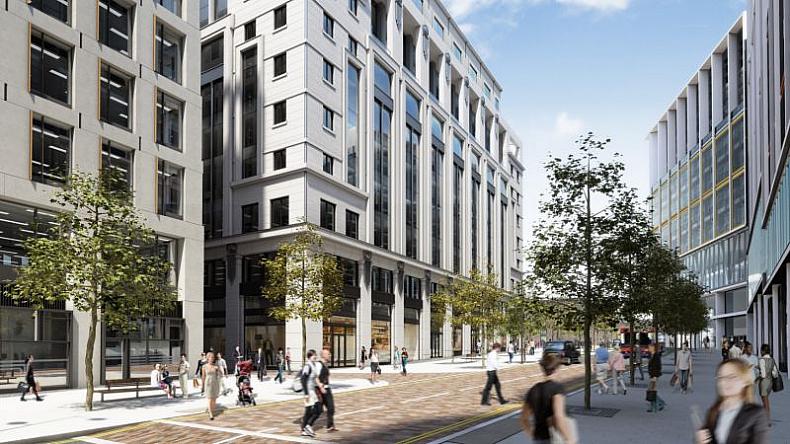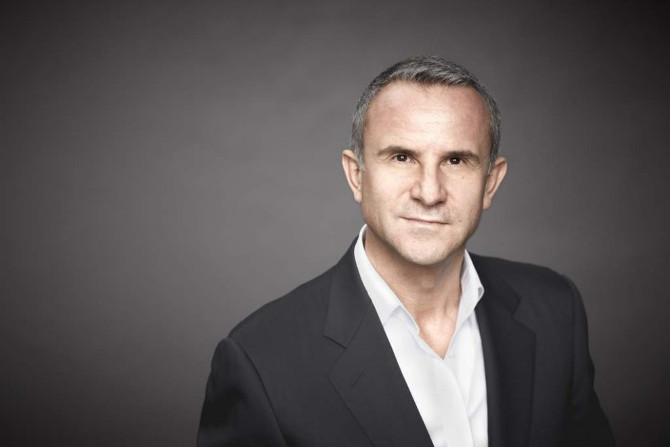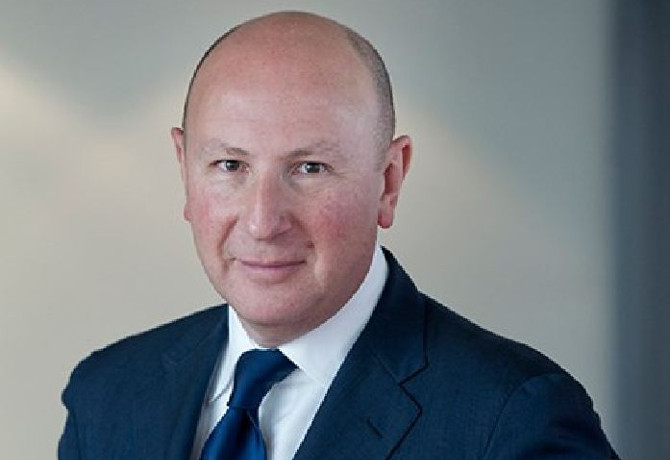Modern full-service agency structures are not a return to the past. Instead, they’re fit for the digital age, and driven by clients fed-up with managing agency complexities. Mike Fletcher reports.

In April, Procter & Gamble’s global chief brand officer Marc Pritchard offered a blunt message to a conference room full of agencies: “Frankly, your complexity should not be our problem, so we want you to make that complexity invisible.”
For the majority of agencies in the room, Pritchard was reiterating a demand they have heard many times before. The complexities he referred to had been growing ever since the break-up of the full-service agency model in the late Seventies, which saw creative, media and insights go their separate ways.
Things had worked well for a while but the Internet changed everything. As the status quo became disrupted by search, social, the evolution of mobile and then swathes of digital data, agencies reacted by hiring specialist agencies for each new discipline.
“When I arrived at Havas France in 2010, I spoke with client friends who told me they had agencies for everything – creative, digital creative, digital media planning, social, print, events and more,” says Havas chairman and global chief executive, Yannick Bolloré.
“If you multiplied the number of silos by the number of countries each brand was operating in, some clients had so many agencies that they were hiring people within their in-house marketing teams, just to manage all the different agency relationships. It was insane.”

At Havas France, Bolloré set about assessing what elements could be brought together into a single entity and, by 2012, the first Havas Village concept launched in Paris, with all the agency offerings under the same roof.
“Clients were intrigued and excited by this new structure as it was unique and could bring an end to the divisions and complexities of how agencies functioned,” Bolloré continues.
“When I took over the whole group in 2013, I made it my mission to incentivise staff to pursue this new collaborative style of working. At first, Havas Villages would hold monthly meetings [with] everyone mistrusting those across the table and viewing them as competitors instead of colleagues. We have worked hard to bring about a cultural change and create one single harmonious Havas family, working together to meet our clients’ objectives.”
Today there are 42 Havas Villages around the world, with the most recent openings in Lisbon and Madrid. By the start of next year, Havas Village London, under development at King’s Cross, will bring the total to 43 before Bolloré begins looking at creating smaller versions in cities such as Amsterdam.

Integrated concepts
There’s no doubt that this pioneering approach to collaborative working is welcomed by clients while a host of both media and creative agencies have adopted their own integrated concepts.
During Cannes Lions this year, Microsoft corporate vice president for global advertising and media, Kathleen Hall told M&M Global: “I’m old enough to have lived through the transition when creative, media and planning insights were altogether in one agency. They since dispersed and now it feels like they’re all coming back together again, which I think is a great thing.”
However, as the full gamut of agencies are keen to point out, new collaborative agency structures are not akin to the first time around.
“It’s important to understand that there is no way back to the original model of the full-service agency. It was broken to begin with and certainly doesn’t reflect the client demand for integrated solutions which can be delivered fast and effectively,” Jarek Ziebinski, global chief executive at Publicis One, explains over the phone from Singapore.
Publicis One is perhaps the newest collaborative agency framework, bringing together all Publicis’ agency brands outside of its top 20 international markets to work together as a single unit.
It was announced as part of the overall restructure of the Publicis Groupe, unveiled by Maurice Levy in December, and many believe it will form a major part of his legacy after he steps down as Groupe chairman and chief executive in spring 2017.
At the time Levy said: “We are reversing the model and tearing down silos. We will offer clients our entire expertise through the power of one. All capabilities will be available in a smart and efficient way.”
“After years of fragmentation, we got to a point where clients found it hard to navigate their way through the complexities of our agency structures”
Ziebinski insists, however, that it represents a different approach from the past, because it is “cross-disciplinary, cross-cultural, brand and media agnostic”.
He says: “It will be the ‘New York’ of brand and marketing communications. We have super talented professional people living multi-disciplinary lives simultaneously. We have 8,000 people across 50 countries all joining different teams and enjoying this incredible fusion of different corporate cultures – it’s just like living in Manhattan.”

Perhaps a better analogy also offered by Ziebinski is that of hospitals, where different medical experts come together to provide a more holistic form of medicine.
“We are building anew after deciding to disrupt our own organisation,” he continues. “It was the right thing to do. After years of fragmentation, we got to a point where clients found it hard to navigate their way through the complexities of our agency structures. Now, the client is at the centre and we’re enabled to deliver specialisation when required alongside fast and flexible integrated solutions across all communication disciplines.”
A Game of Thrones?
The road ahead for Ziebinski and Publicis One may not be a smooth one, however.
Havas Group’s Bolloré compares the early days of Havas Village to episodes of Game of Thrones, with uncooperative agencies like quarrelling factions in the popular show. Meanwhile, Sir Martin Sorrell wrote in WPP’s Annual Report 2015: “In our early days, I doubt even the UN could have persuaded our companies to put down their cudgels and work together. But happily they have now discovered that peaceful co-existence and cooperation is not only possible but very fruitful.
“Getting our 190,000 people to collaborate as seamlessly as possible across company, functional and national boundaries for the benefits of clients is our fourth core strategic priority. We call this ‘horizontality’ – an ugly word for an increasingly effective way of working.”
According to Sorrell, WPP has been pursuing this ‘horizontality’ strategy for a decade now, even before the creation of his rival’s first Havas Village.
“Our biggest client, Ford, has been served through a dedicated cross Group team since 2006,” he wrote in 2015. “We now have 45 such teams, responsible for over a third of WPP’s revenues and involving nearly 40,000 of our people.”
However, Stephen Allan, worldwide chairman and chief executive of MediaCom, admits it was only around two years ago that his part of the WPP machine stopped calling itself a media agency and began thinking and operating in this entirely new way.

“We call ourselves a content and connections agency now – it’s our shorthand way of saying that we have a unique approach to planning and buying across paid, owned and earned media, which can optimise our clients’ entire system of content and connections, not just the individual channel silos,” he says. “I don’t believe there’s one perfect model but I recognise lots of variations on the theme of integrated systems backed up by the speed and sophistication of data and technology to inform the big idea.”
And that’s the key to unlocking how all agencies will continue to set themselves up.
This new modern, full-service structure is manifesting itself in different guises but each are underpinned by people working together and using data and technology to fulfil their clients’ briefs. That’s a model that’s fit for the future, not the past, and is one that is eradicating agency complexities – just as demanded by advertisers like P&G.







